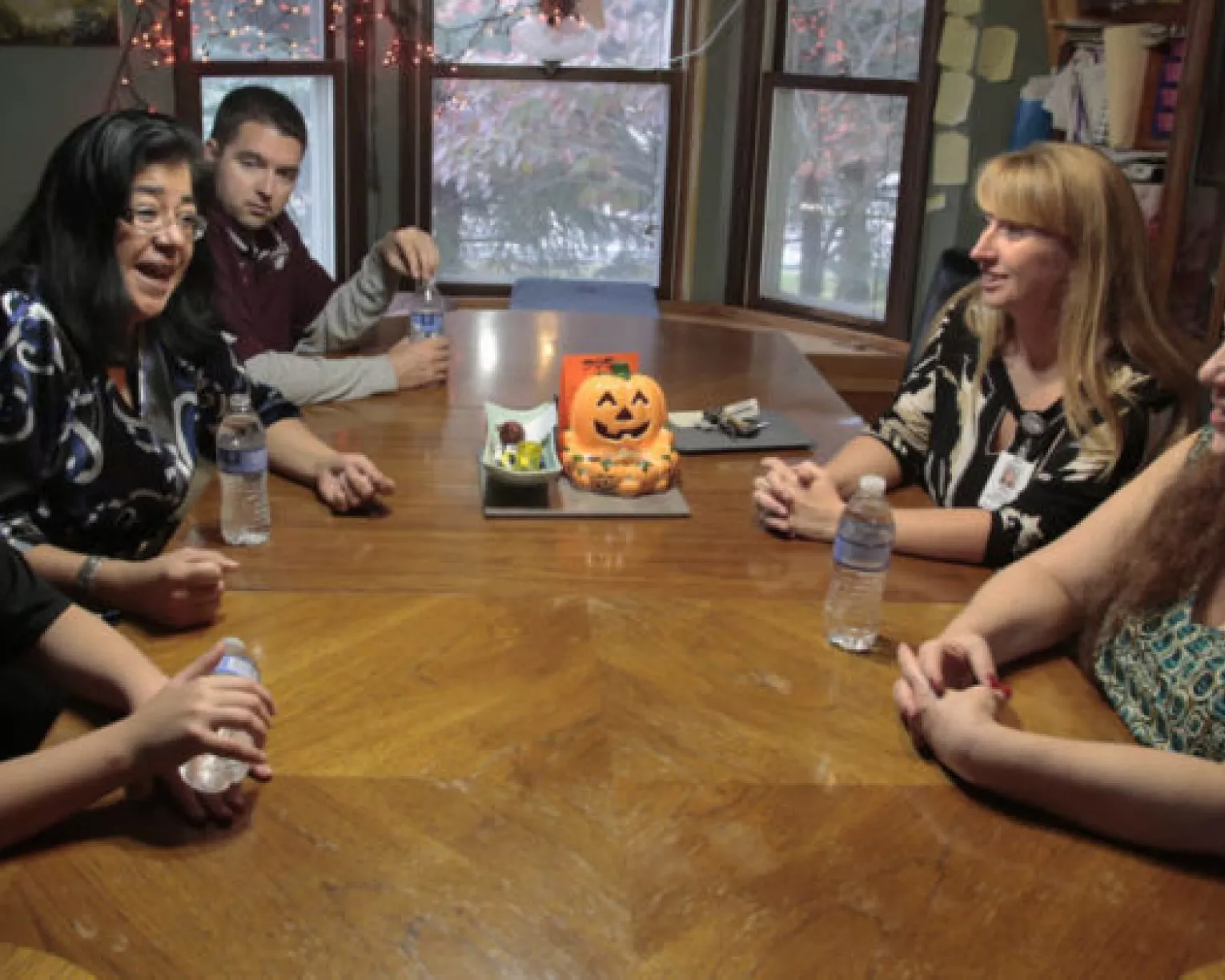A living wage is what you need to earn to meet all of your basic needs, such as food, childcare, housing, and healthcare. While that number varies from community to community, its importance is universal to ensuring all educators can live with dignity and serve their students.
Use the tools below to calculate your local living wage. Then take your results to your school board, your governor, or the bargaining table and show why compensation needs to increase.
Basic Family Budget Calculator
The Economic Policy Institute’s Basic Family Budget Calculator lets you determine the income needed for families of different sizes to make ends meet.
Dr. Amy Glasmeier and the Massachusetts Institute of Technology offer a calculator to estimate the living wage in your community. Enter your location, and you’ll see living wages for various family sizes in your community, how your local living wage compares to the minimum wage and the federal poverty wage, and typical wages for a number of jobs in your community.
The Center for Women’s Welfare has a clickable map of each state’s self-sufficiency standard: “the amount of income necessary to meet basic needs ... without public subsidies ... and without private/informal assistance.“
Minimum Wage
Living Wage
Are you an affiliate?

